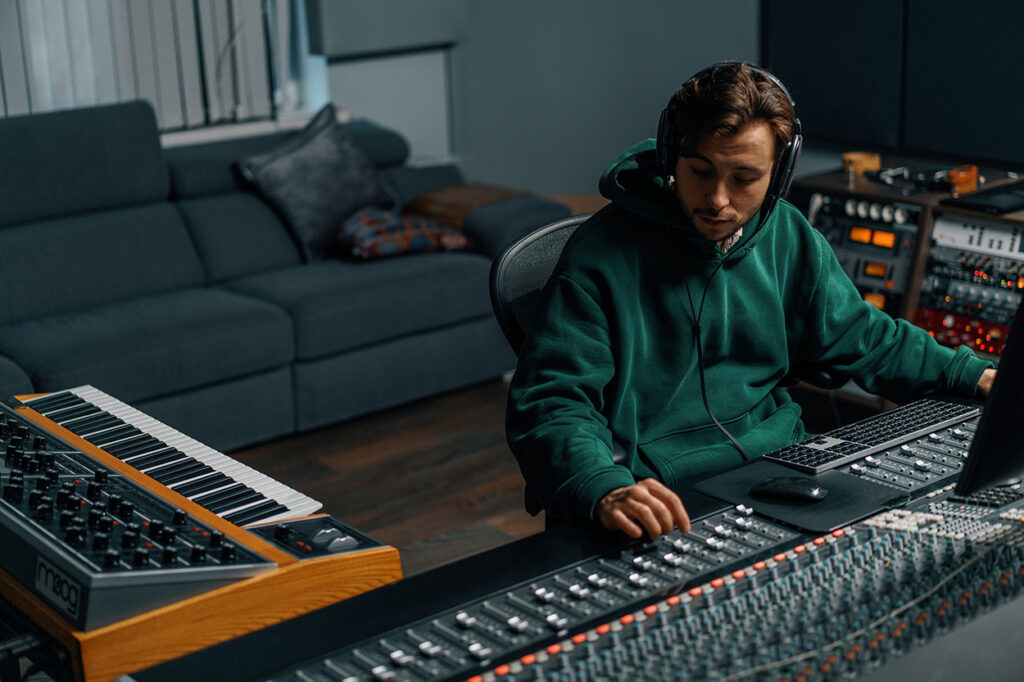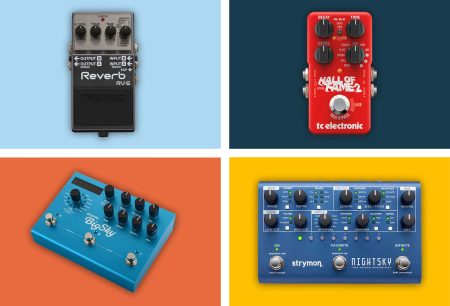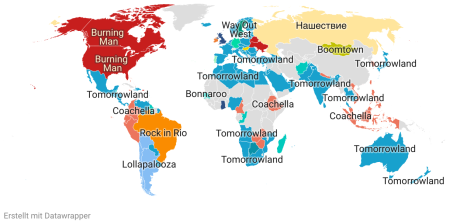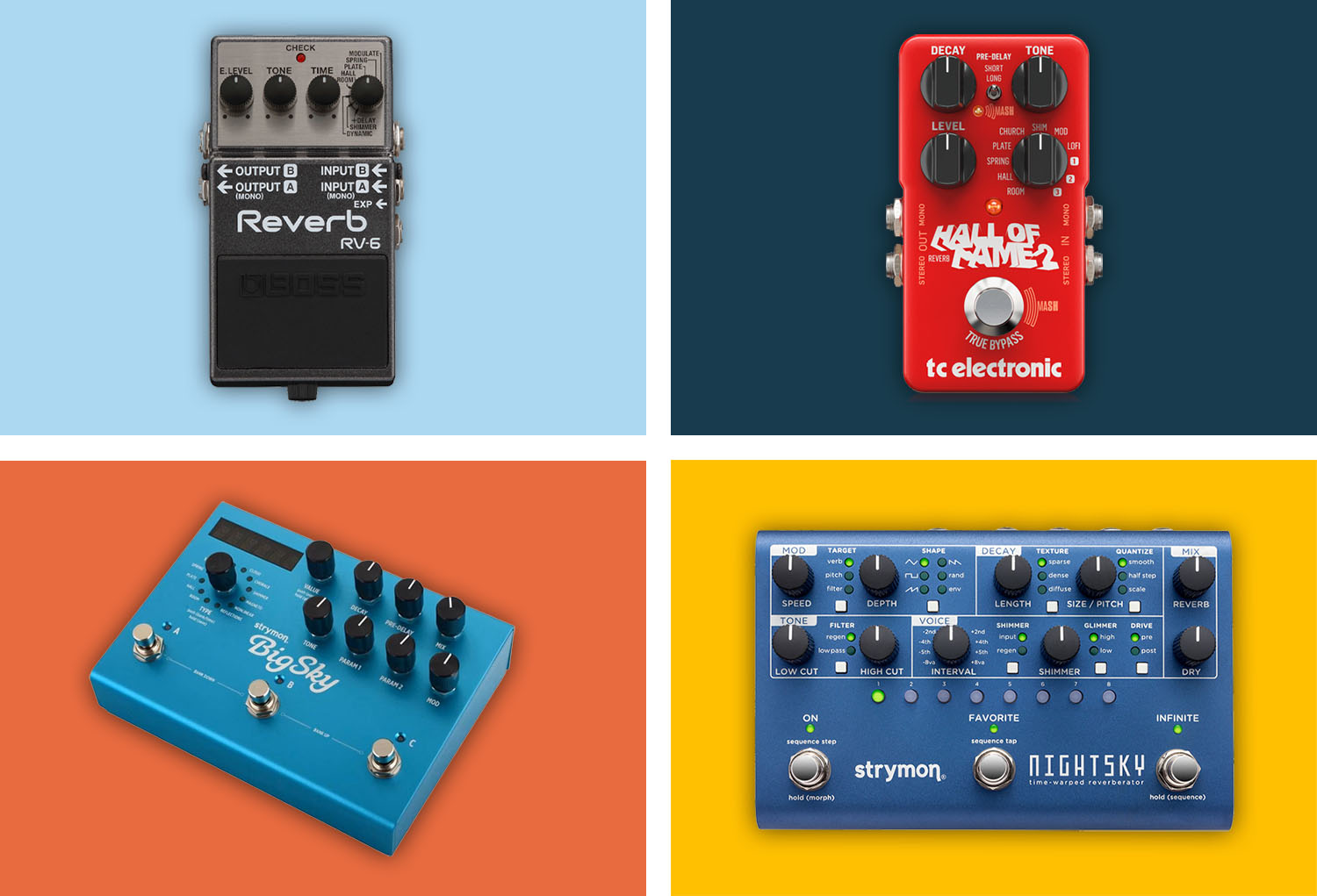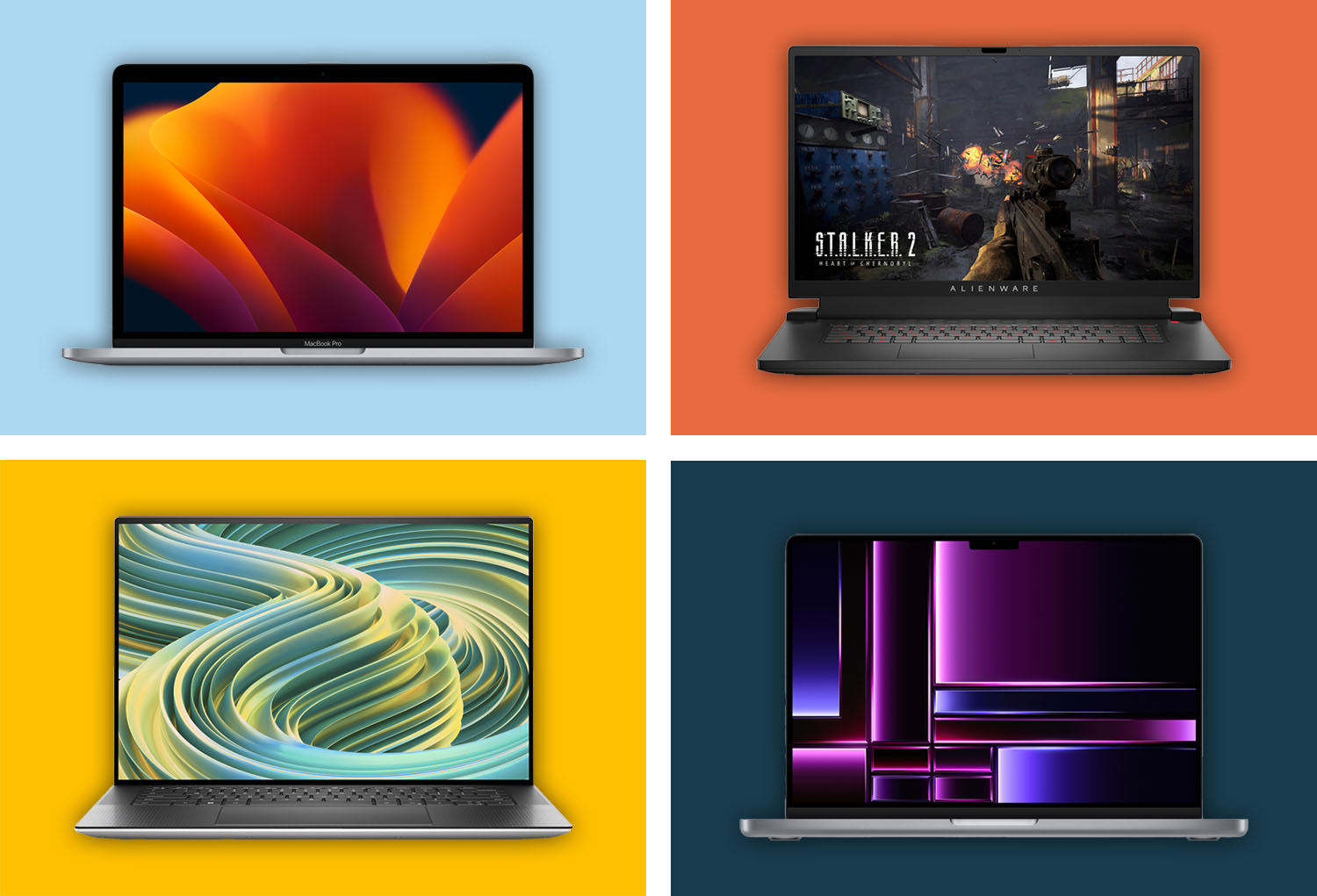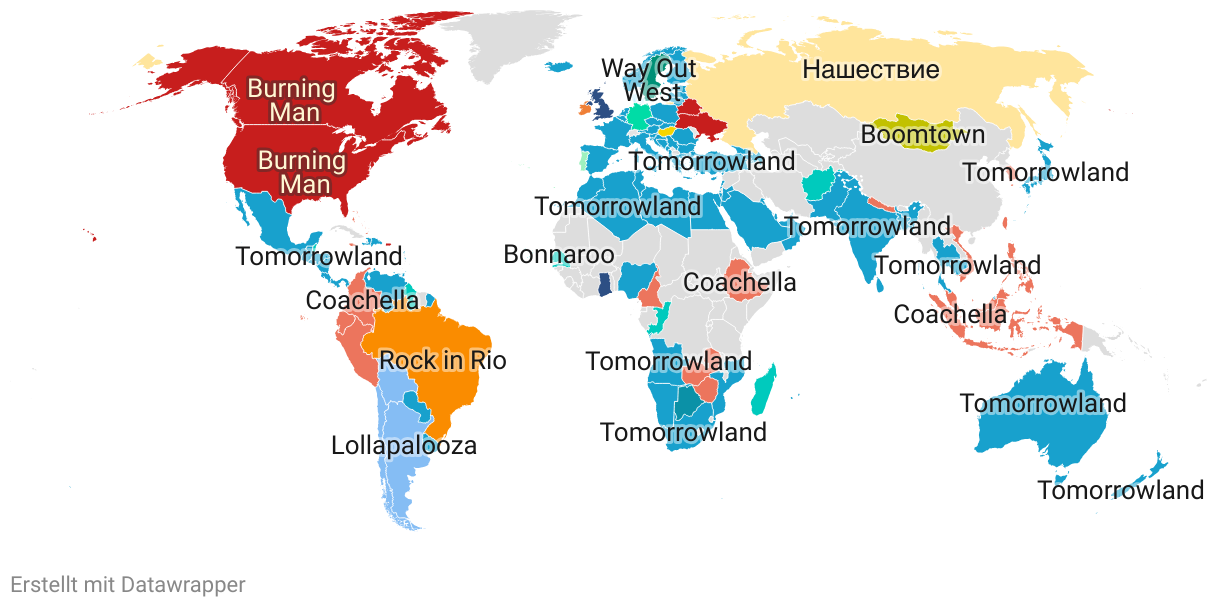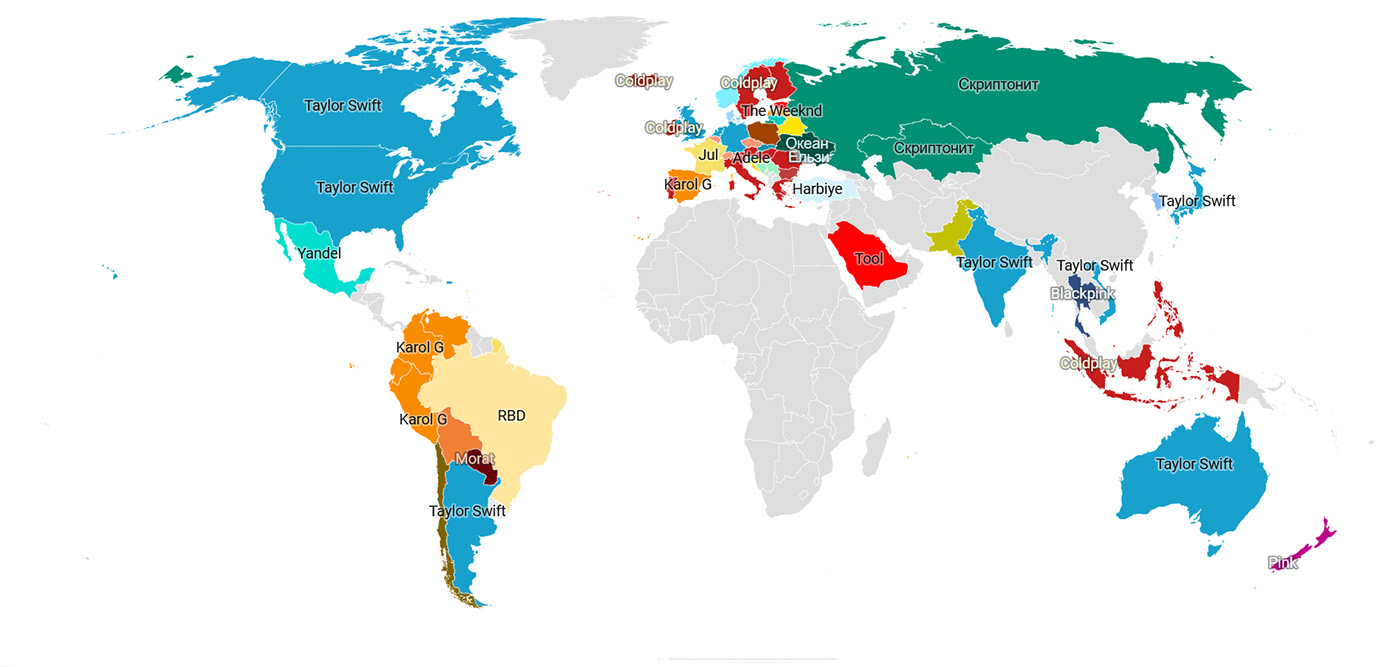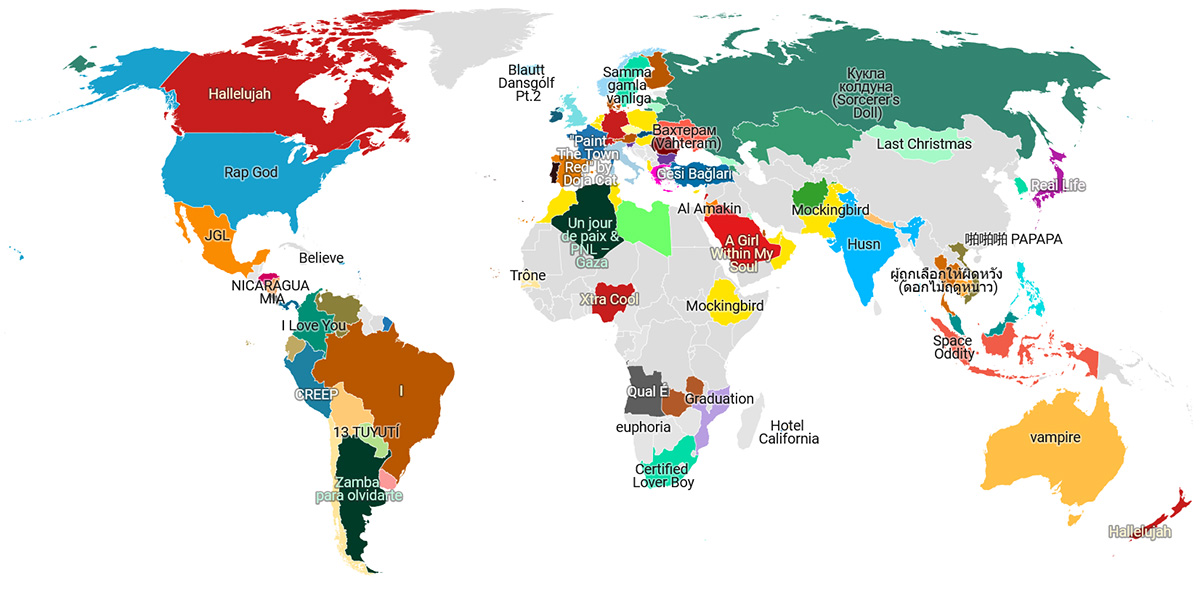Mastering is the final step in music production and takes place after mixing, before the song or album is released. It involves editing the finished mix as a single stereo track, adding effects, and exporting it to a specific format. Mastering can be done on individual tracks or entire albums to create a consistent sound between songs.
Term
The term "mastering" dates back to a time when the music industry was heavily dominated by physical media like vinyl records and CDs. In this context, mastering refers to the creation of a "master" tape or disk from which copies are made for distribution.
The master is the final, "best" version of a track or album, created with the utmost care to sound good on all audio systems. It is the reference from which all other copies are made, and it is the version that is archived to preserve the music for the future.
With the advent of digital music production and distribution, mastering continues to play a critical role, although the physical "master" often no longer exists. Instead, the final mastered mix is stored in a digital format and used directly for distribution.
Why is mastering important?
Mastering has 2 main objectives:
- Increasing the volume of the mix so that the song has the same volume as all the other songs on the medium on which it is released (CD, Spotify, YouTube). This prevents the listener from having to adjust the volume between songs when listening to the album or a Spotify playlist because one is louder than the other.
- Making sure the song sounds good on all kinds of listening devices and audio systems. The song should sound good not only in the studio, but also in the car, on headphones, hi-fi systems, or boom boxes.
If the mix is not good, you can try to improve the sound during mastering, but it is always better to go back and make a good mix so that the mastering engineer can concentrate on his actual job.
What is the difference between mixing and mastering?
I've written a separate article on the differences between mixing and mastering if you want to know all the details, but in a nutshell, the mixing engineer has access to all the individual tracks of the track and thus has many more creative options, while the mastering engineer only has access to the final stereo mix and thus has fewer creative editing options - his job is more technical.
For this reason, all creative effects such as flanger, phaser, modulation, creative EQ, etc. should be applied during mixing, not mastering.
Mastering steps
Like mixing, there are no rules to mastering, but there are certain techniques and processes that are used over and over again. Here is a general explanation of what effects are used in the mastering process and how they are used.
Compression
Compression is a common step in mastering. A compressor in a stereo mix acts like a glue that holds the individual tracks of the mix together - there's a reason why the famous SSL stereo compressor, which is often used in mastering, is also called "The Glue".
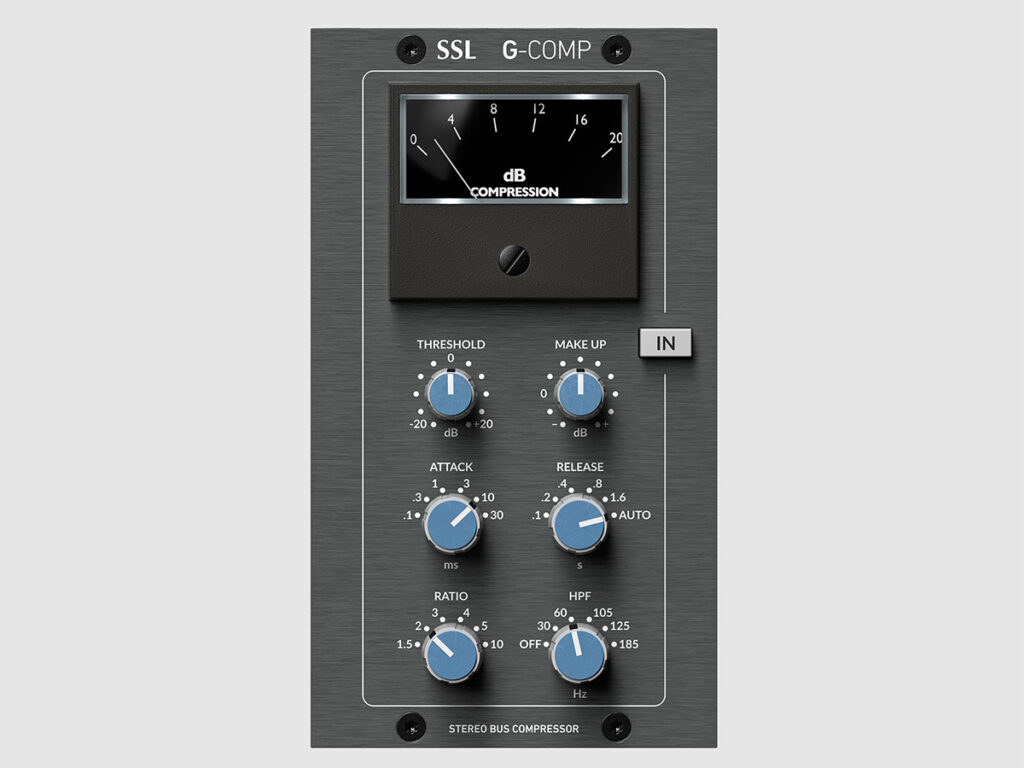
Compression reduces the difference in volume between the loudest and quietest parts of a track. This controls dynamics and ensures a consistent volume throughout the track.
In mastering, the compressor is often used more subtly than in other phases of music production. It is recommended to use small ratios, such as 2:1, and then slowly reduce the threshold until the desired compression is achieved. Typically, fast attack and slow release times are chosen to achieve the most natural compression.
Limiter
The limiter is the most important tool as it increases the overall volume of the track. Often tracks are extremely limited to make them sound extremely loud, so it's important to use a quality limiter that can do this important job.
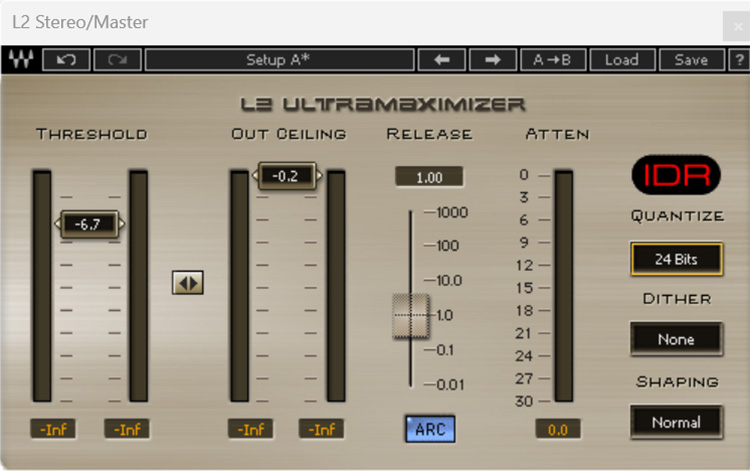
But a limiter also makes sure that there are no peaks - if the audio signal exceeds a certain level, clipping and distortion can occur. A limiter can prevent this by limiting the signal to a certain maximum level (a limiter is nothing more than a compressor with an ∞:1 ratio).
Because the limiter cuts the peaks and boosts the signal evenly, the average level of the signal increases, and the loudest parts of the song have only a small difference in level from the quietest parts of the song. And that is what we humans perceive as "louder".
Keep reading: What are LUFS? The units for measuring the loudness of music
Equalizer
If certain frequency ranges in a mix are too loud or too quiet, an EQ can boost or cut those ranges to create a more balanced sound.
It's not uncommon for the overall mix to change a bit after applying a lot of compression with a limiter. For example, the low frequencies may sound a bit too loud. You can easily counteract this with an equalizer.
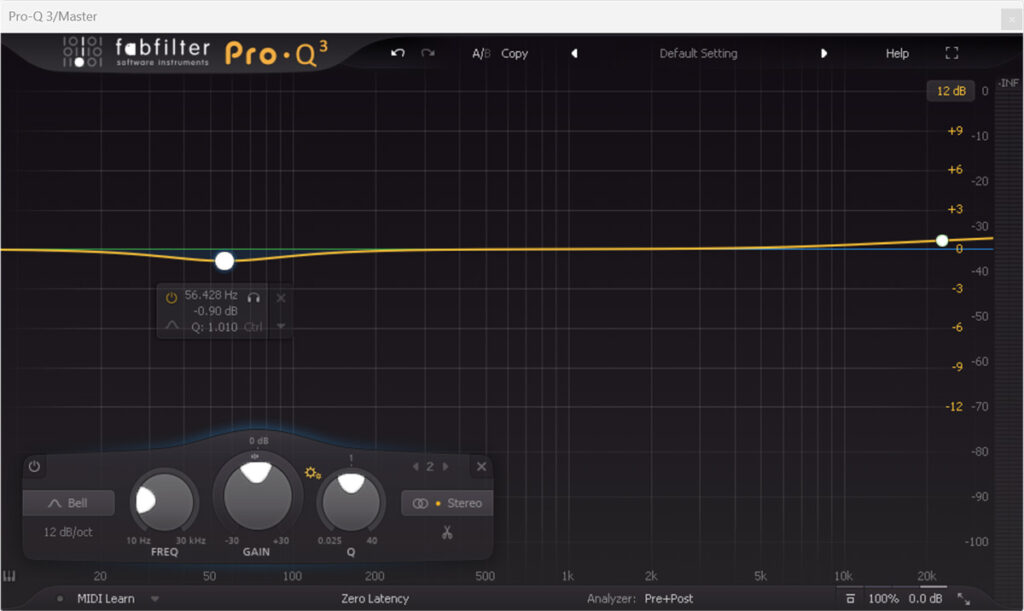
Or you may want to give the whole track a little more "air" by boosting the very high frequencies - an equalizer can help here, but as with the compressor, the same applies here: You should use it much more carefully in the mastering phase than in the mixing phase.
So no big curves, maximum +/- 5dB gain - and if the track really needs that much EQ, you might want to reconsider mixing it again.
Tape simulation
Tape simulation is an effect often used in mastering to give a track a vintage sound. It uses digital or analog effects to mimic the sonic characteristics that occur when music is recorded on magnetic tape.
In the past, music was often recorded and mixed on tape, and many people appreciate the "warm" and "full" sound associated with this recording technique. In the age of digital music production, plugins like Waves J37 Tape can help to recreate this vintage sound.
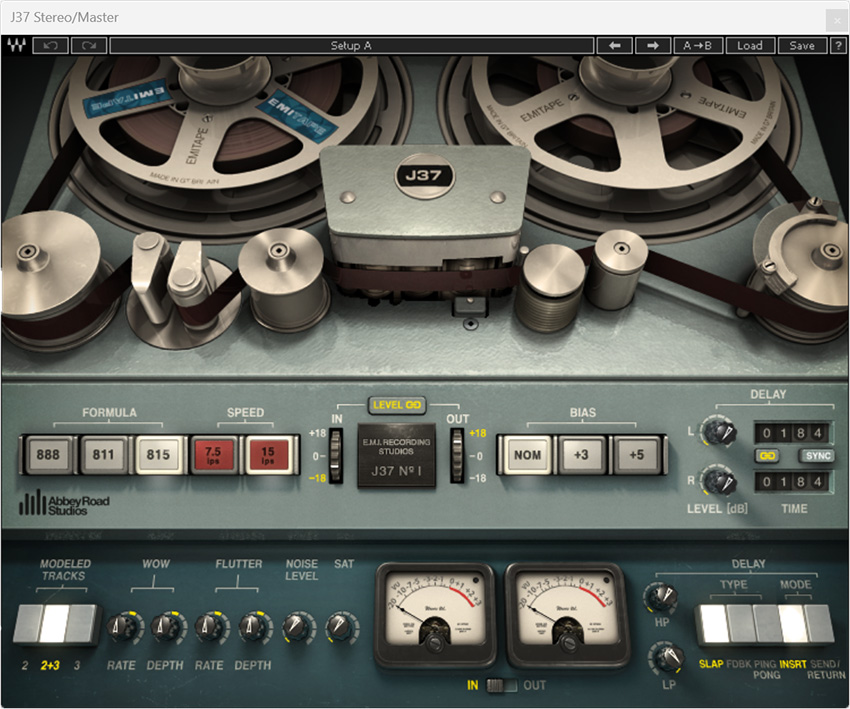
There are two sound characteristics of tape that are particularly appreciated:
- Warmth: Tape recordings sound warm and vivid. This means that the sound is rich in midrange and bass and sounds very pleasant.
- Saturation: At higher recording levels, tape can produce natural distortion effects known as tape saturation (which usually sounds good, unlike digital distortion, which always sounds bad). This saturation gives the song a vintage feel.
Stereo width and panorama adjustments
The mastering engineer can adjust the stereo width and pan position of elements in the mix to create spatial balance and width, making the track sound fuller and more interesting.

This step should be done during the mixing phase, if at all, but can also be done during mastering if necessary.
Digital and analog mastering
Analog mastering uses physical analog devices like equalizers, compressors, and limiters. These devices process real electrical signals and add subtle sound characteristics like saturation. This is called "analog warmth" and sounds very pleasant and musical.
And this is actually the biggest advantage over digital mastering - a "better" or "warmer" sound.
A disadvantage of analog mastering, however, is that it is less precise than digital mastering - in digital, you can make adjustments down to -0.01dB, which is not possible in analog. It is also more difficult, if not impossible, to undo changes or replicating a particular mastering process.
In contrast, digital mastering uses computers and DAWs to manipulate the audio signal. This allows for very high accuracy and control over the mastering process.
Changes are easy to undo and exact repetitions of a particular process are easy to create. This is especially helpful when working with clients, as they often have change requests after you have mastered the track.
Critics of digital mastering claim that it produces a "colder" or "more clinical" sound than analog mastering. However, digital audio technology has advanced to the point where the differences are barely audible. You need very expensive speakers and an acoustically perfect room to hear a difference, and 99% of the potential listeners of a song don't have that.
The best of both worlds
In fact, many mastering engineers use a combination of digital and analog tools to achieve the best sound. Digital mastering is 100% sufficient for all purposes, but if you have the budget, there are some very interesting analog devices like the Manley Variable MU Compressor/Limiter or the Manley Massive Passive Mastering. However, these devices are very expensive and therefore really intended for professionals - otherwise the investment of 7000 € is hardly worth it.
Related articles on the topic:





